


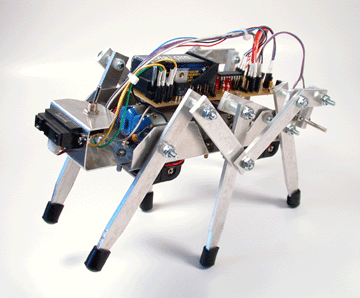
The program listings, .Hex files and printed circuit board artwork for the Hexatron articles published in the November (Premier) and December 2003 issues of Servo magazine can be be downloaded here: hexatron2.zip
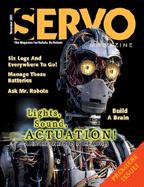 |
 |
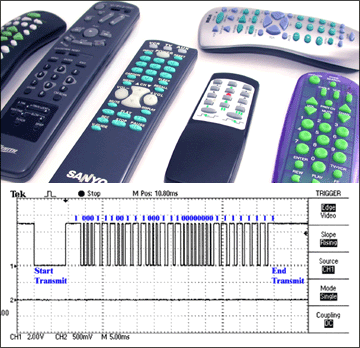
This in-depth article explains how to decode the signals from any infrared remote control for use in robotics and electronics applications. The support file for the "Infrared Remote Control Signal Analysis" article in the January 2005, Nuts And Volts magazine can be downloaded here: Williams.zip
The complete plans are available free here: Infrared project

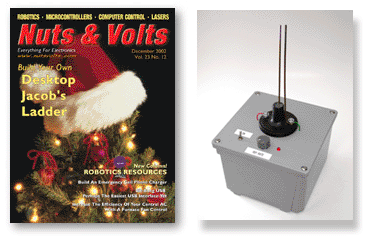
The complete plans and circuit board are available here: Jacobs
Ladder
Download the free zipped article here: jacobs-ladder-article.zip
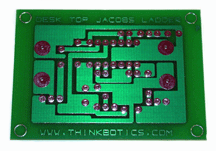

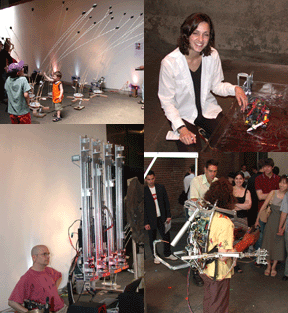
The entire article was published in the January 2004 issue of Servo Magazine.
Read the entire article here:
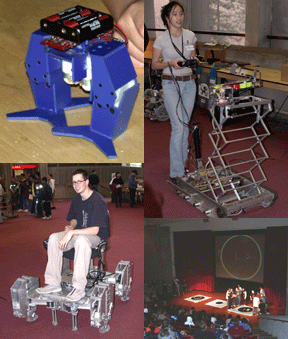
The entire story was published in the February 2004 issue of Servo Magazine
and can be downloaded free, in PDF format, here: ecrg.pdf
Visit the Eastern Canadian Robot Games webpage: www.robotgames.ca


What is it that makes us human? Is it possible to create an artificial human
- an android? The human body, including the brain, is one of the most sophisticated
biological machines in existence. The design of the human body is so complex
that to build comparable machines our technology will need to advance significantly.
With our current understanding and technology we can only attempt to mimic
the form of the human body since it is impossible to recreate it at this time.
It is no wonder that man looks to nature for insight and inspiration when
designing machines. The idea of "reverse engineering" humans has fascinated
mankind for a long time. The concepts of how the human body functions have
proven to be extremely complex. For example, the human hand and wrist are
very complicated devices for grasping and moving objects but when implemented
in machinery they must be simplified in order to keep the mechanics and control
systems within a reasonable level of complexity...

The complete plans (more detailed with corrections) and the circuit board are available here: Hexatron project
There is a correction to the wiring description of the potentiometers in the Hexatron article published in Servo Magazine. The middle wire needs to be connected to one of the outer terminals of the header connector. The values of the pots should also be 5K ohms.
